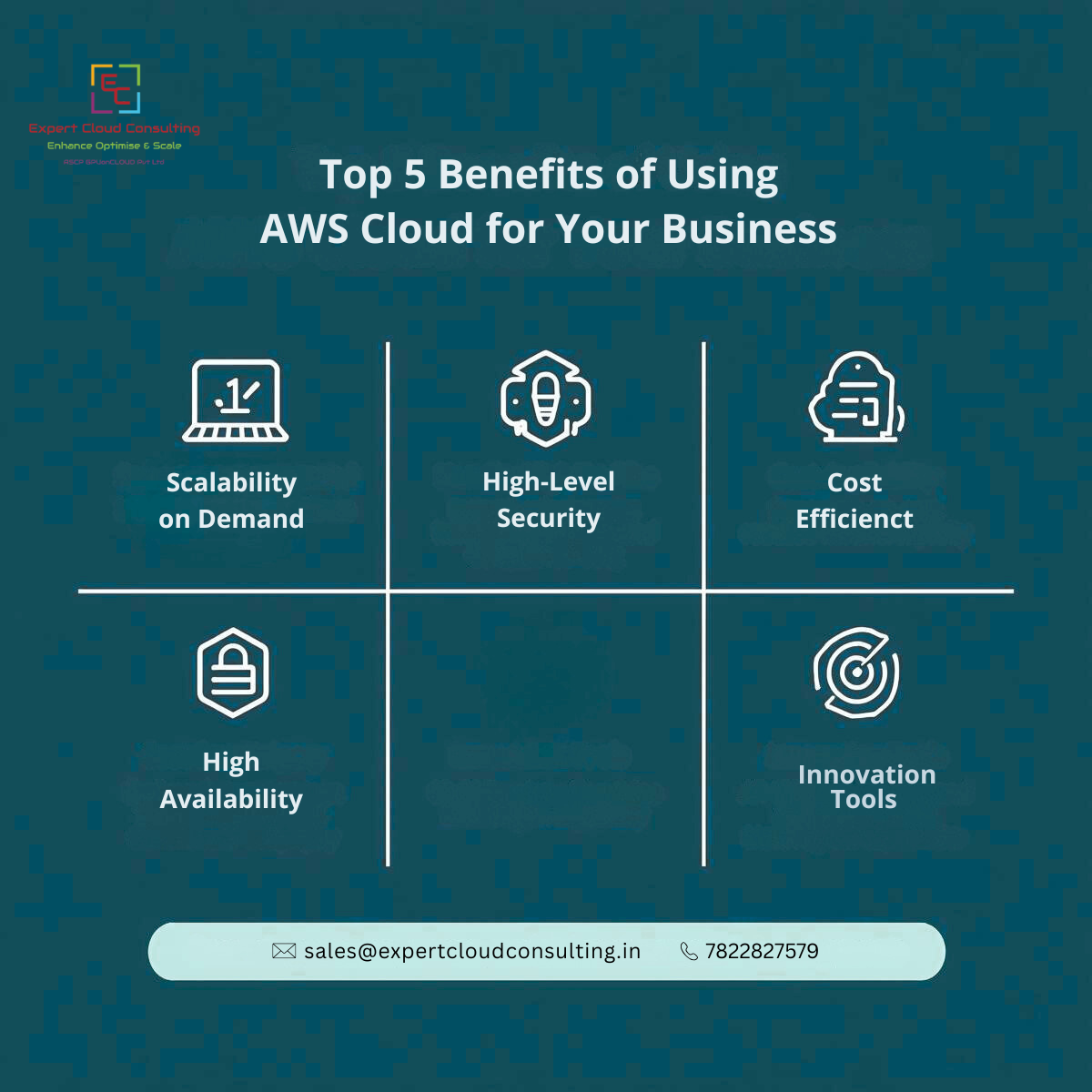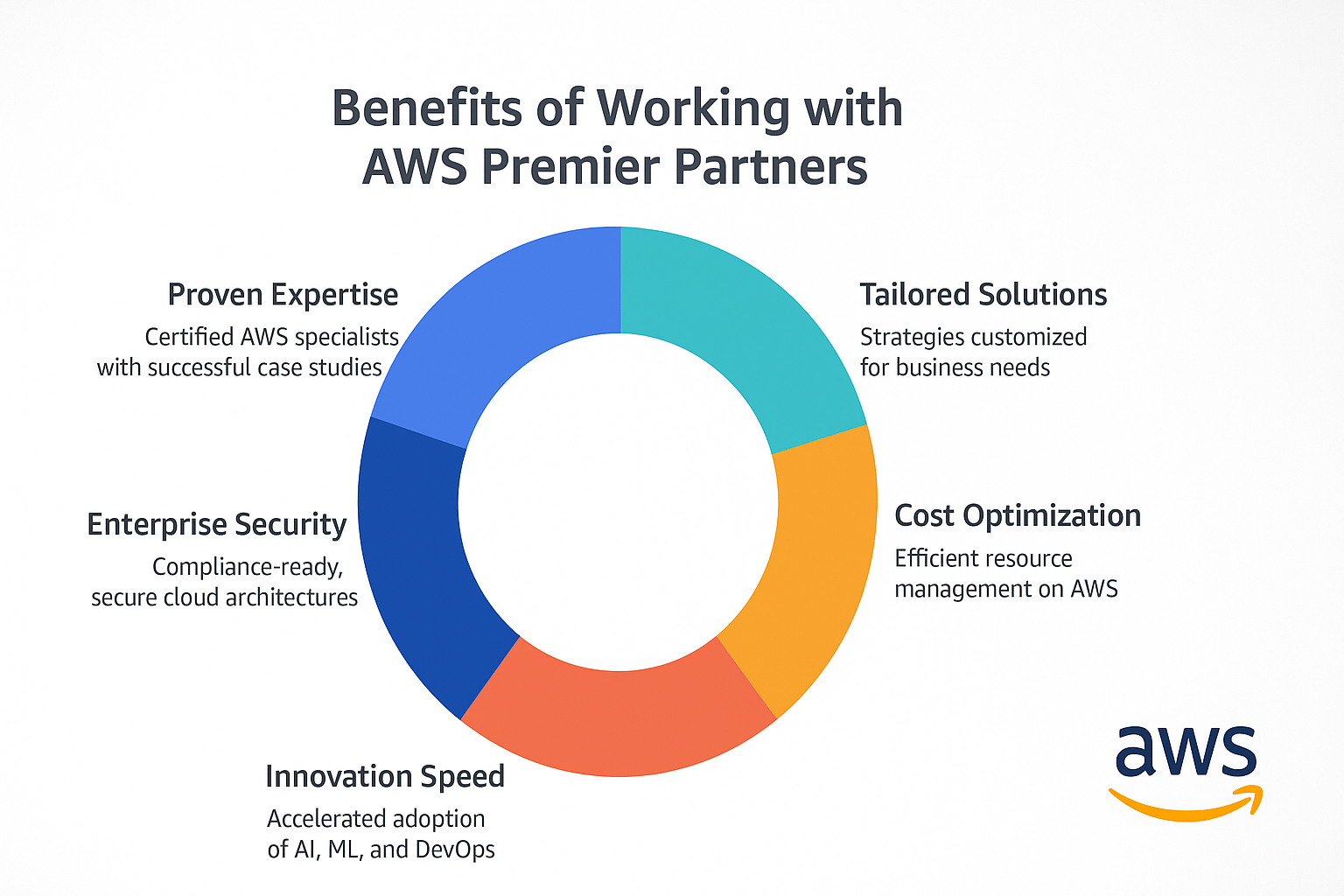Introducation🚀
AWS Config stands as a crucial pillar in the AWS ecosystem, offering a robust solution for auditing, assessing, and evaluating the configurations of your AWS resources. This service goes beyond mere tracking; it empowers you to enforce compliance, adhere to best practices, and gain comprehensive visibility into your cloud environment.The core functionality of AWS Config involves recording and evaluating configurations against desired settings, rules, or conformance packs.This not only facilitates cloud auditing but also enhances asset visibility, providing a detailed snapshot of your infrastructure's health.
What's New in AWS Config 🆕
AWS Config has taken a giant leap forward by expanding its support to accommodate up to 1000 AWS Config rules per Region per account. Whether you're embracing predefined managed rules or crafting custom ones, AWS Config rules give you the authority to establish policies that govern your cloud resource configurations, aligning seamlessly with your compliance standards. With vigilant monitoring of configuration changes, AWS Config ensures prompt reporting of any deviations from the specified rule conditions, making it your go-to comprehensive solution for AWS Config needs in each Region per account.
AWS Config Rules📋
AWS Config Rules are a set of predefined or custom-defined guidelines that assess the configurations of your AWS resources. These rules check whether your resources comply with specific criteria, best practices, or organizational policies. When a resource's configuration violates a rule, AWS Config generates compliance reports and can trigger notifications, allowing you to take corrective actions promptly.
AWS Managed Rules 🤖
AWS Config introduces a lineup of managed rules—predefined, customizable rules designed to evaluate whether your AWS resources comply with common best practices. Picture this: quickly assessing whether your Amazon Elastic Block Store volumes are encrypted or if specific tags adorn your resources. The AWS Config console seamlessly guides you through configuring and activating managed rules, providing a customizable experience to suit your unique needs.
Custom Rules🛠️
AWS Config Custom Rules are rules that you create from scratch. There are two ways to create AWS Config custom rules: with Lambda functions (AWS Lambda Developer Guide) and with Guard (Guard GitHub Repository), a policy-as-code language.AWS Config custom rules created with Lambda are called AWS Config Custom Lambda Rules and AWS Config custom rules created with Guard are called AWS Config Custom Policy Rules.
Component of AWS Config📹
Configuration Recorder📹
The Configuration Recorder is a critical component responsible for capturing and recording configuration changes within your AWS environment. It continuously tracks modifications made to resources, configurations, and relationships. The recorder operates at the region level, allowing you to configure it based on your specific compliance and auditing needs.
Example: Suppose you have an Amazon S3 bucket, and you enable the Configuration Recorder. Subsequently, if a user modifies the access control list (ACL) of the S3 bucket to allow public access, the Configuration Recorder captures this change. This includes details such as the modified ACL, the timestamp of the change, and the user who made the modification.
Configuration History📅
AWS Config's Configuration History is a detailed chronological record of configuration changes for each AWS resource. This includes information on who made the change, what the change was, and when it occurred. This historical context is invaluable for auditing purposes, compliance tracking, and understanding the evolution of your infrastructure.
Example: Imagine you have an Amazon EC2 instance, and over the past month, the instance type was changed twice, and security groups were updated. AWS Config's Configuration History provides a chronological record of these changes. You can see when each change occurred, who made the changes, and the specific modifications to the EC2 instance's configuration.
Configuration Items (CIs)🔄
Configuration Items (CIs) represent the individual resources in your AWS environment. AWS Config captures and maintains a comprehensive set of metadata about these resources, including their configurations, relationships, and any changes over time. This level of granularity provides a comprehensive view of your infrastructure.
Example: Consider an AWS Lambda function that processes data from an Amazon DynamoDB table. A Configuration Item for this Lambda function includes details such as the function's runtime, memory configuration, associated DynamoDB table, and any changes made over time, offering a comprehensive view of the Lambda function.
Configuration Snapshots📸
AWS Config allows the creation of Configuration Snapshots at specified intervals. These snapshots capture the entire configuration state of your AWS resources at a specific point in time. These snapshots are invaluable for change tracking, auditing, and ensuring compliance with specific configurations at a given moment.
Example: Let's say you schedule Configuration Snapshots for an Amazon VPC every 24 hours. Each snapshot captures the complete configuration state of the VPC, including details about subnets, route tables, and security groups. These snapshots become valuable references for auditing and change management.
Integrations with Other AWS Services🔄🚀
AWS Config seamlessly integrates with other AWS services, enhancing its capabilities. Integration with AWS CloudTrail provides detailed logs of AWS Config API calls, offering an additional layer of visibility and auditing. Additionally, integration with AWS CloudWatch Events allows you to respond to configuration changes in real-time through automated workflows.
Example: Integration with AWS CloudTrail allows you to trace AWS Config API calls. If someone modifies a Config Rule or accesses configuration data, AWS CloudTrail logs capture this activity. This integration enhances transparency and security by providing an audit trail of AWS Config-related actions.
Closing Thoughts🌟
AWS Config is a vital AWS service for auditing and evaluating resource configurations, ensuring compliance with policies. The recent update supporting 1000 rules per Region underscores its scalability. AWS Managed Rules offer predefined best practices, while Custom Rules provide tailored governance. The service components, including Configuration Recorder and Configuration History, offer comprehensive visibility, aiding in change management. Integrations with CloudTrail and CloudWatch Events enhance auditing and responsiveness, solidifying AWS Config as a foundational tool for robust cloud governance and configuration management.











